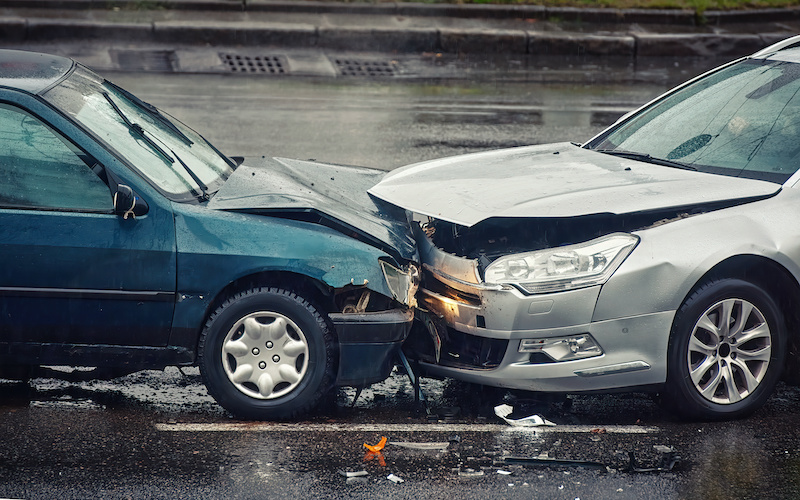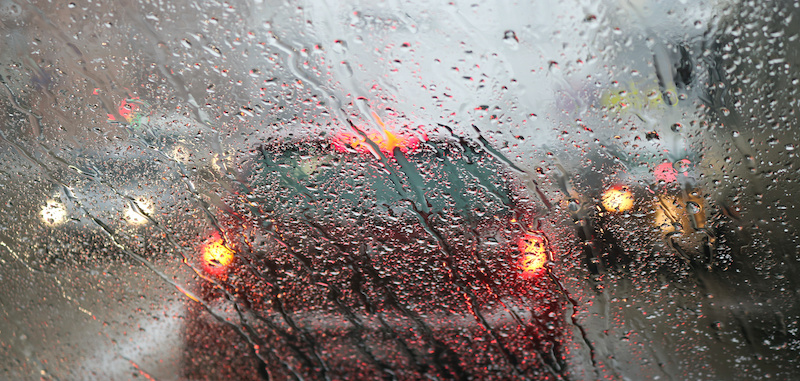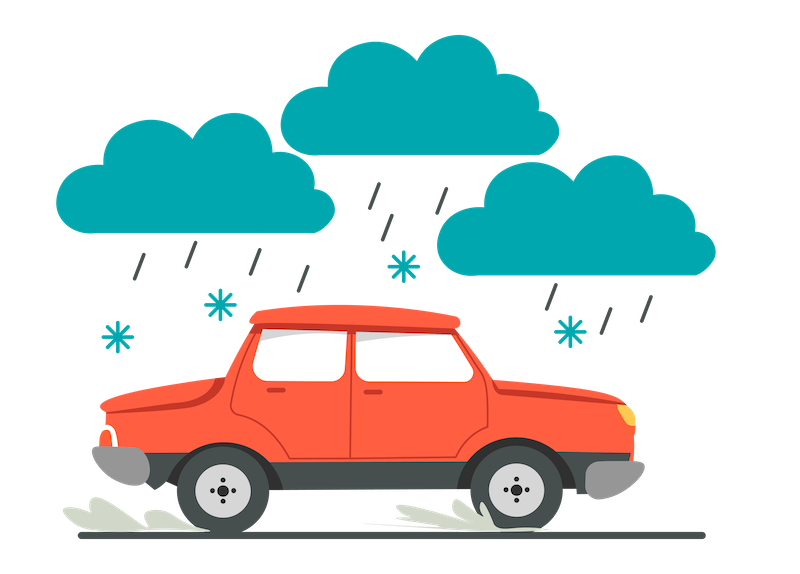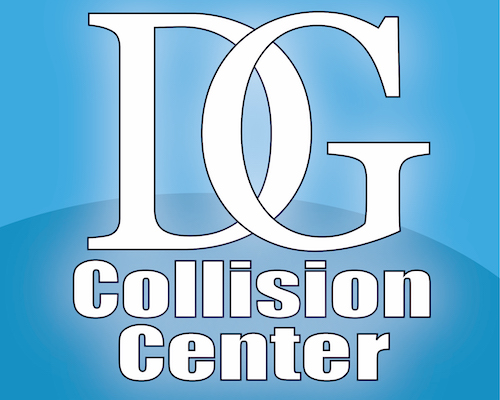
Although it’s still hot in Southern California, believe it or not, cooler weather is on the way. And with it, an increase in the number of weather-related car accidents. Venturing onto the roads during inclement weather can be a precarious undertaking, fraught with heightened risks that demand utmost caution and preparedness. As a formidable force beyond human control, Mother Nature’s whims can swiftly transform routine commutes into treacherous odysseys, where a split-second lapse in judgment or an unforeseen circumstance could culminate in a devastating
The statistics paint a sobering picture: according to the National Highway Traffic Safety Administration (NHTSA), an astounding 1.2 million vehicular accidents annually, a staggering 21% of the total, can be attributed to hazardous meteorological phenomena. This grim reality underscores the paramount importance of arming oneself with the knowledge and skills necessary to navigate the perils of driving amidst adverse weather conditions.
Rain: A Deceptively Dangerous Adversary on the Asphalt

While rain may seem like an innocuous inconvenience, its impact on road safety is far from trivial. This ubiquitous meteorological event accounts for a staggering 10% of all motor vehicle collisions and a whopping 50% of weather-related accidents, making it a formidable foe that demands the utmost respect and vigilance from every motorist.
The primary culprit behind rain’s treacherous nature lies in its ability to compromise the pavement’s friction, rendering it a slick and unforgiving surface. As raindrops accumulate, they create a thin layer of water that acts as a lubricant, diminishing the tires’ grip and increasing the risk of hydroplaning – a phenomenon where the vehicle’s tires lose contact with the road entirely, rendering the driver virtually powerless to control the vehicle’s trajectory.
Moreover, heavy downpours can severely impair visibility, obscuring road markings, traffic signals, and even other vehicles, creating a perilous environment where split-second decisions can have catastrophic consequences.
The Icy Grip of Winter: Sleet and Frozen Precipitation

As the mercury plummets and the winter chill sets in, a new set of challenges emerges for those brave enough to venture onto the roads. Snow, sleet, and frozen precipitation can transform even the most well-maintained thoroughfares into treacherous skating rinks, where traction becomes a precious commodity.
Over a ten-year period, snow and sleet have been responsible for an average of 210,341 accidents and nearly 740 fatalities, a sobering testament to the perils of these wintry phenomena. The culprit lies not only in the reduced friction but also in the impaired visibility that accompanies these conditions. Snowfall can obscure lane markings, traffic signals, and even other vehicles, creating a disorienting and potentially deadly environment for drivers.
The Blinding Haze: Navigating Through the Perils of Fog

While fog may seem like a relatively benign weather phenomenon, its ability to impair visibility can transform even the most routine commute into a perilous ordeal. Dense fog can create a veritable wall of opacity, obscuring road markings, traffic signals, and even other vehicles, leaving drivers effectively blind to their surroundings.
The statistics are alarming: fog conditions have contributed to an average of 28,533 accidents and almost 500 fatalities annually. This sobering reality underscores the imperative need for heightened vigilance and defensive #Driving strategies when navigating through these treacherous conditions.
The Invisible Menace: Icy Pavements and Their Perilous Consequences

While sleet is a visible harbingers of winter’s wrath, the true danger often lies in the invisible: icy pavements. When temperatures dip below freezing, any residual moisture on the road can transform into a treacherous layer of ice, rendering even the most well-maintained surfaces into virtual skating rinks.
Icy pavements account for a staggering 70% of all weather-related accidents, amounting to more than 900,000 total collisions and nearly 4,500 fatalities. The culprit lies in the complete lack of friction between the tires and the icy surface, rendering even the most cautious driving techniques virtually ineffective.
Wind: The Unseen Adversary Disrupting Vehicular Stability

While wind may not be the first meteorological phenomenon that comes to mind when considering hazardous driving conditions, its impact on road safety should not be underestimated. High winds can create a myriad of challenges for motorists, from reduced visibility due to airborne debris to decreased vehicular stability and control.
Strong gusts can exert significant lateral forces on a vehicle, causing it to drift or even swerve unexpectedly, potentially leading to collisions with other vehicles or stationary objects. This risk is amplified for larger vehicles, such as trucks and SUVs, which present a larger surface area for the wind to act upon.
Wet Pavements: The Slippery Slope to Catastrophe

While rain and ice are often the most visible culprits behind weather-related accidents, the true danger often lies in the aftermath: wet pavements. Even after the precipitation has subsided, the residual moisture on the road can create a treacherous environment for motorists, accounting for a staggering 70% of all weather-related collisions.
Mitigating the Risks: Defensive Driving Strategies for Inclement Weather
While the perils of adverse weather conditions on the road are undeniable, there are proactive measures that every motorist can take to mitigate the risks and enhance their safety. Embracing a defensive driving mindset and adopting appropriate strategies can mean the difference between a harrowing ordeal and a safe journey.
Speed Reduction and Increased Following Distance

One of the most fundamental tenets of safe driving in inclement weather is speed reduction. Excessive speed can exacerbate the risks associated with reduced traction, impaired visibility, and decreased vehicular stability, making it imperative to adjust one’s velocity to match the prevailing conditions.
Vigilance and Situational Awareness
In challenging meteorological conditions, the margin for error is razor-thin, and a momentary lapse in concentration can have dire consequences. Maintaining a heightened state of vigilance and situational awareness is crucial, as the road ahead can present unexpected hazards or obstacles that require swift and decisive action.
Proper Vehicle Maintenance and Equipment

Ensuring that one’s vehicle is in optimal condition is a critical component of safe driving in adverse weather. Well-maintained tires with adequate tread depth can provide the necessary traction to navigate slippery surfaces, while properly functioning windshield wipers and defrosters can help maintain visibility.
Patience and Prudence
Perhaps the most asset for any motorist navigating inclement weather is patience and prudence. Rushing or taking unnecessary risks can have catastrophic consequences, and it is often better to arrive at one’s destination later than not at all.
The Role of Auto Body Collision Repair Experts in Restoring Safety and Functionality

Once the legal and insurance aspects of a weather-related accident have been addressed, the focus shifts to restoring the vehicle to its pre-accident condition. This is where the expertise of auto body collision repair professionals becomes invaluable, as they possess the knowledge and skills necessary to assess the extent of the damage and implement the appropriate repair solutions.
In the face of adversity, it is our resilience, knowledge, and unwavering dedication to safety that will pave the way forward, ensuring that the roads remain a sanctuary for travelers, regardless of the conditions they may encounter.
About DG Collision Center, an Auto Body Shop in Covina, California
We would love to help restore your vehicle following a car accident or comprehensive damage. DG Collision Center in Covina, California is your one-stop-shop in Covina for auto body repair after car accidents. Our highly trained team includes specialized technicians. We work directly with all insurance companies. This enables our customers to file a claim without even needing to be present.




